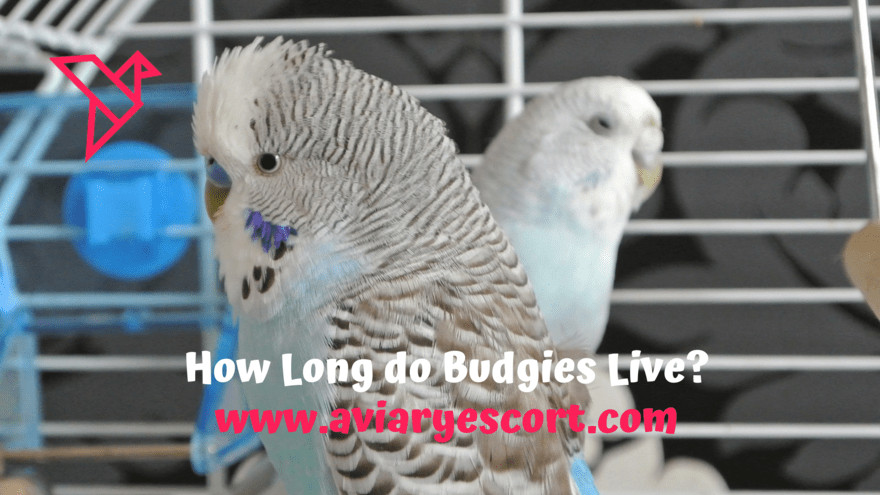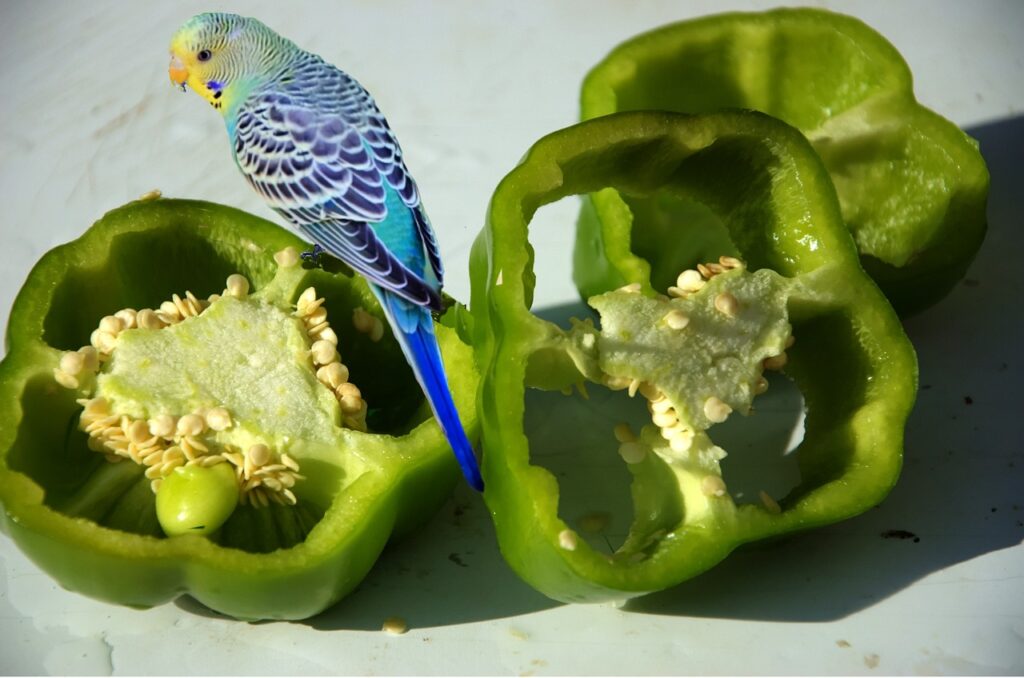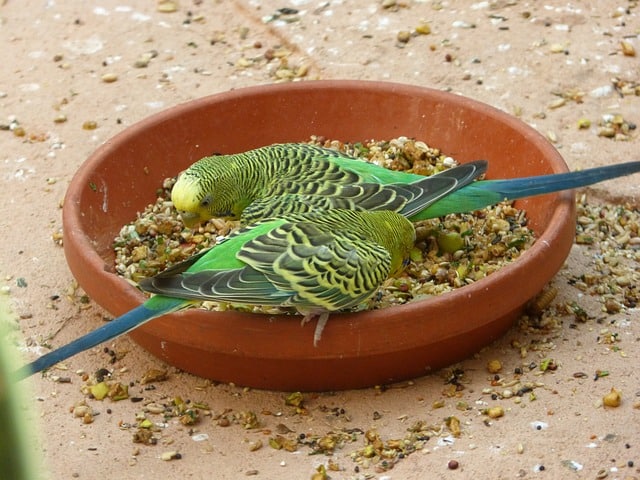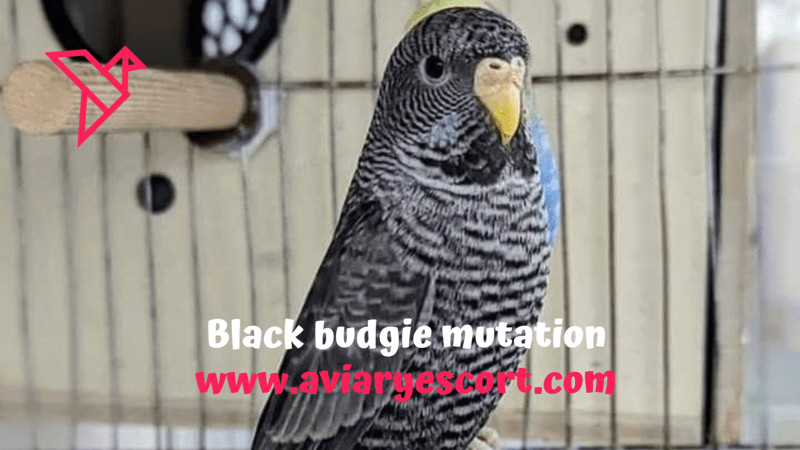Budgies, scientifically known as budgerigars, are popular pet birds cherished for their vibrant colors and playful demeanor. One of the common queries among budgie enthusiasts revolves around their lifespan. In this article , we’ll explore the factors influencing the lifespan of these charming birds, providing insights into their average lifespan, influencing factors, and tips for ensuring a longer, healthier life for your feathered companions.
Average Lifespan of Budgies
Budgerigars, fondly known as budgies or parakeets, exhibit varying lifespans based on their living conditions, with distinctions between those in captivity and those in the wild.
Lifespan in Captivity
In a controlled, nurturing environment like captivity, budgies typically experience a longer lifespan compared to their wild counterparts. Budgies usually live between 5 to 10 years in captivity when provided with proper care, nutrition, and an enriched living space. However, it’s essential to note that some budgies have been known to surpass this range and live up to 15 years or even longer.
Lifespan in the Wild
In wild lifespan of budgies is around 3 to 6 years, shorter than in captivity, due to different challenges. While living in their natural habitat of Australia, wild budgies face numerous challenges that can affect their lifespan. Predators, harsh environmental conditions, scarcity of resources, and the absence of human care significantly impact their longevity.
According to the Guinness Book of World Records a Charlie named Budgie was 29 years and 2 months old when died in the UK.
Life Cycle of Budgies
The life cycle of a budgie encompasses various stages, each playing a crucial role in their development, behaviors, and overall lifespan.
Egg Stage
The life cycle of a budgie begins with the egg stage. Budgie eggs are typically laid in a secure nesting area by the parent birds. The incubation period spans around 18 to 21 days before the eggs hatch.
Hatchling Stage
Upon hatching, the chicks emerge as tiny, blind, and featherless creatures. During this stage, they are entirely reliant on their parents for warmth, food, and protection. The parent budgies diligently care for and feed their young, fostering their growth and development.
Fledgling Stage
As the chicks grow, they gradually develop feathers, gain mobility, and start to explore their environment. They transition from being entirely dependent on their parents to exhibiting fledgling behaviors. This stage involves learning to fly, feed independently, and interact with their surroundings.
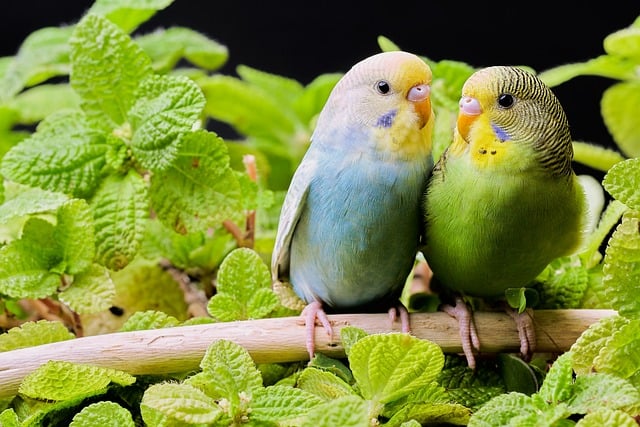
Adolescence and Maturity
During adolescence, young budgies undergo significant changes, both physically and behaviorally. They begin to develop their adult plumage, behaviors, and vocalizations. This stage includes socializing, learning from their environment, and acquiring skills crucial for their survival.
Adulthood and Reproduction
As budgies reach adulthood, they display their full range of vibrant colors, distinctive personalities, and bonding behaviors. In optimal conditions, adult budgies can live longer and lead fulfilling lives. They reach sexual maturity at around 6 to 8 months old and can potentially reproduce if conditions are suitable.
Aging and Senior Years
As budgies age, they may exhibit signs of slowing down, reduced activity, or changes in behavior. The lifespan of a budgie can vary significantly, with some individuals reaching advanced ages of 15 years or more with proper care and attention.
In this chart you can see different age stages and probable age at that stage of life of budgie.
| Lifecycle Stage | Age Range |
|---|---|
| Hatching | 18-23 days |
| Fledgling | 4-6 weeks |
| Juvenile | 2-4 months |
| Adolescent/Young | 4-12 months |
| Adult | 1-5+ years |
| Senior | 5-10+ years |
Please note that the lifespan of budgies can vary based on various factors like diet, healthcare, genetics, and environment. Some budgies may live longer or shorter than the indicated age ranges.
Factors Affecting Budgie Lifespan
The lifespan of budgies can be influenced by various factors, encompassing both environmental and care-related aspects. Understanding these factors is crucial for ensuring a longer and healthier life for these delightful avian companions.
1. Nutrition and Diet
A well-balanced diet is fundamental to a budgie’s overall health and longevity. Proper nutrition, including a mix of high-quality seeds, pellets, fresh vegetables, and occasional fruits, provides essential vitamins and minerals necessary for their well-being. Inadequate nutrition or an imbalanced diet can lead to health issues and a shortened lifespan.
2. Environmental Conditions
The living environment significantly impacts a budgie’s lifespan. A spacious and stress-free cage with suitable perches, toys for mental stimulation, and regular opportunities for exercise contribute to their physical and mental well-being. Stressful environments, such as loud noises or exposure to potential hazards, can negatively impact their health and longevity.
3. Healthcare and Veterinary Attention
Regular veterinary check-ups and prompt medical attention when necessary play a vital role in extending a budgie’s lifespan. Early detection and treatment of illnesses or health concerns can prevent complications and contribute to a longer, healthier life for budgies.
4. Social Interaction and Mental Stimulation
Budgies are social birds that thrive on interaction and mental stimulation. Providing companionship, either with other budgies or human interaction, helps prevent loneliness and boredom, positively affecting their mental health and overall lifespan.
5. Genetic Factors
Genetics also play a role in determining a budgie’s lifespan. Some budgies may inherit traits that predispose them to certain health conditions or affect their longevity. While genetics cannot be altered, providing optimal care can help mitigate potential health issues.
6. Environmental Stressors
Exposure to environmental stressors such as extreme temperatures, drafts, or toxic fumes can compromise a budgie’s health and reduce their lifespan. Creating a safe and comfortable living space free from potential hazards is essential for their well-being.
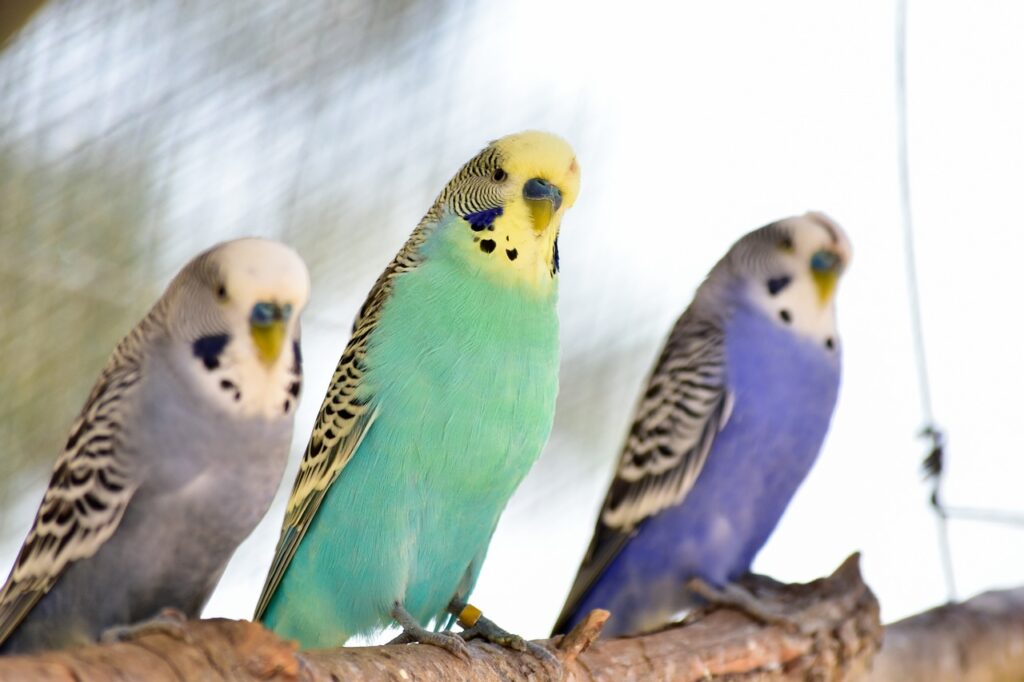
Why budgies die in captivity?
While budgies are resilient birds, several factors can contribute to their mortality in captivity. Understanding these reasons is crucial for budgie owners to provide optimal care and prevent avoidable health issues.
- Poor Nutrition: Inadequate diets lacking essential nutrients weaken their immune system.
- Environmental Stress: Exposure to extreme temperatures, toxins, or drafts affects health.
- Lack of Veterinary Care: Neglecting check-ups delays treatment for potential illnesses.
- Loneliness: Insufficient social interaction leads to stress and health issues.
- Cage Conditions: Unsanitary environments spread diseases among budgies.
- Breeding Complications: Unsupervised breeding can strain health and lead to issues.
Understanding Budgie Ageing
Budgie ageing is a natural process influenced by various factors. As these delightful birds mature, certain signs indicate their advancing age. It’s essential for budgie owners to recognize these signs and adapt their care accordingly.
Signs of Ageing in Budgies
- Changes in Feather Appearance: Older budgies might show alterations in feather color or texture. Fading colors or slight changes in feather quality can be signs of ageing.
- Decreased Activity Levels: As budgies age, they might become less active compared to their younger counterparts. They may spend more time resting and less time engaging in playful activities.
- Eyes and Beak Changes: Pay attention to changes in the brightness of their eyes or the condition of their beak. Ageing budgies might have slightly duller eyes and beak changes due to wear and tear.
- Altered Vocalization: Older budgies may have changes in their chirping patterns or reduced vocalization compared to their more active and vocal younger selves.
How to extend the lifespan of budgies?
To ensure a longer and healthier life for your beloved budgies, it’s crucial to adopt certain practices that cater to their specific needs.
1. Providing a Nutrient-Rich Diet
A balanced diet is fundamental to a budgie’s longevity:
Quality Seeds and Pellets: Offer high-quality seeds and pellets specifically formulated for budgies, providing essential nutrients.
Fresh Fruits and Vegetables: Integrate a variety of fresh fruits and vegetables into their diet, enriching them with vital vitamins and minerals.
Mineral Blocks and Cuttlebones: Make available mineral blocks and cuttlebones to meet their calcium requirements and support healthy beak and bone development.
2. Creating an Enriching Environment
A stimulating environment positively impacts a budgie’s lifespan:
Sunlight exposure: Mostly budgies are kept in dark rooms and they do not get any sunlight which is quite bad for these little fellows. Sunlight is a natural source of vitamin D3. It also kills many disease-causing bacteria and other parasites. Budgies must get direct sunlight for at least 30 minutes a day.
Spacious Cage: Ensure a spacious cage, allowing ample room for flying and exercise to maintain their physical health.
Toys and Perches: Provide a diverse range of toys, swings, and perches to keep them mentally stimulated and engaged.
Safe Play Area: Allow supervised out-of-cage playtime in a secure area, providing mental and physical stimulation.
3. Regular Health Check-ups and Care
Proactive healthcare significantly contributes to a budgie’s longevity:
Veterinary Visits: Schedule regular check-ups with an avian veterinarian to monitor their health and identify any potential issues early on.
Vaccinations and Preventive Care: Adhere to recommended vaccination schedules and administer preventive care to safeguard against common budgie ailments.
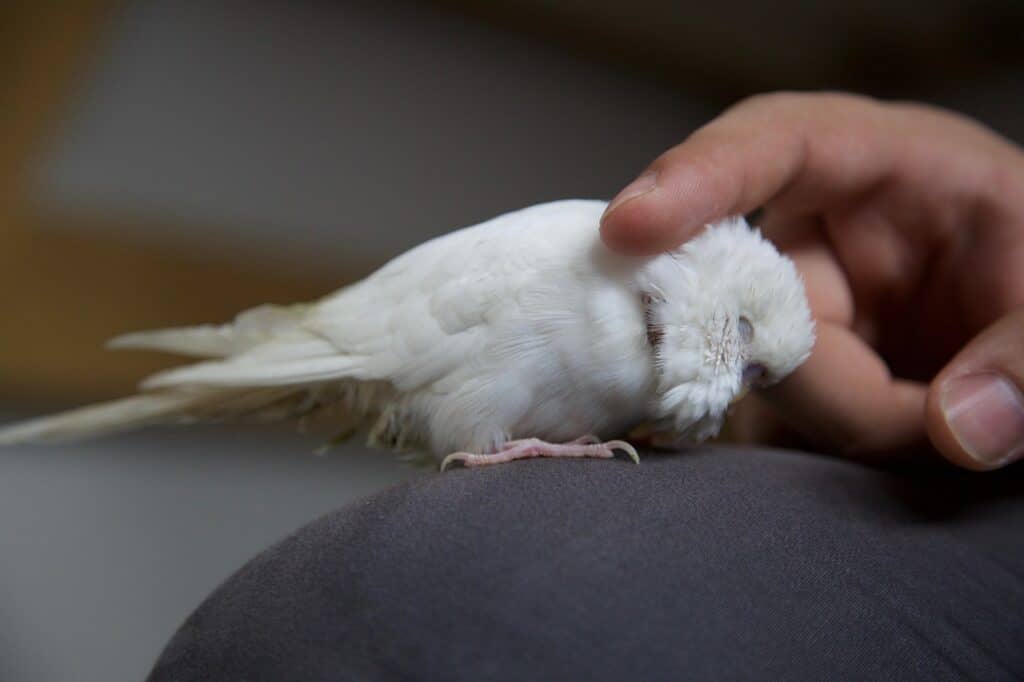
4. Emotional Well-being and Social Interaction
Emotional support plays a crucial role in their longevity:
Companionship: Consider pairing your budgie with a companion to fulfill their social needs, warding off loneliness, and positively impacting their mental health.
Interaction and Bonding: Spend quality time interacting with your budgies, offering companionship, and establishing a strong bond.
By integrating these practices into your budgie care routine, you can contribute significantly to their well-being, ensuring a fulfilling and extended life.
How Much do Budgies Cost? | Budgies Price
In conclusion, understanding the factors that contribute to the lifespan of budgies is essential for responsible pet ownership. By providing a nutritious diet, a conducive environment, and regular veterinary care, you can significantly enhance the lifespan and quality of life for your beloved budgies.
FAQs
1. What is the average lifespan of a budgie?
The average lifespan of a budgie ranges between 5 to 10 years. However, with proper care, they can live beyond 10 years, sometimes reaching up to 15 years or more.
2. Can budgies live longer in captivity compared to the wild?
Yes, budgies kept in captivity tend to have longer lifespans due to controlled environments, proper nutrition, and access to veterinary care, which may extend their life beyond that of wild budgies.
3. Does a budgie’s lifespan vary based on their color or gender?
No, a budgie’s color or gender typically does not significantly impact their lifespan. Factors such as genetics, diet, environment, and healthcare play more substantial roles in determining longevity.
4. Are there specific signs indicating a budgie’s age or life expectancy?
Signs such as changes in feather appearance, reduced activity levels, and altered vocalization may suggest advancing age. However, individual budgies may vary in their aging process.
5. Can providing a specific diet or environment significantly extend a budgie’s lifespan?
Yes, a well-balanced diet, a stimulating environment with proper care, regular veterinary check-ups, and emotional support can collectively contribute to extending a budgie’s lifespan beyond the average expectancy.
Read more! How Old Do Budgies Have to Be to Breed?
